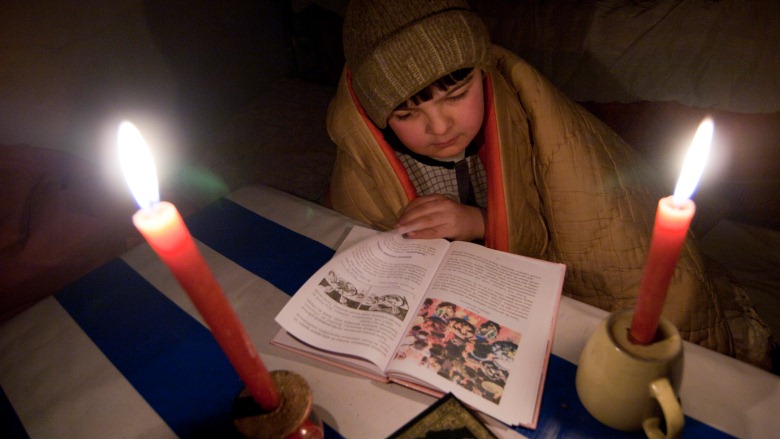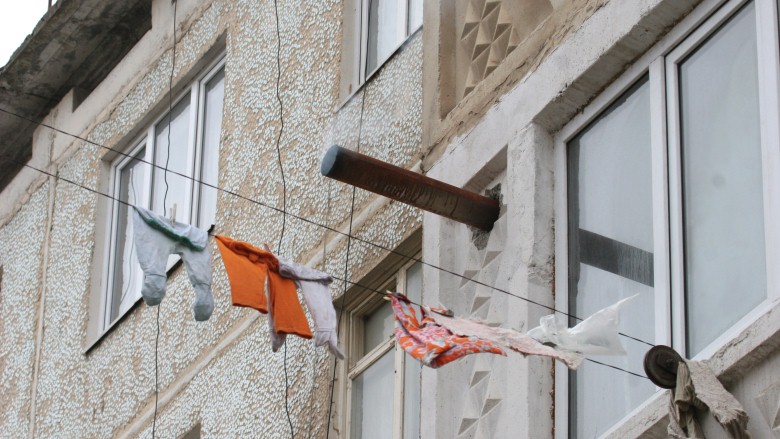Over the past few decades, the share of urban households supplied by the DH system has decreased from 35% to less than 4%. The remaining assets operate at a fraction of their design capacity and are characterized by high losses, increasing pollution and low efficiency. Low heating tariffs, which are well below cost recovery levels, have led to a chronic lack of funding for new investments and even routine maintenance.
As a result of the deterioration of DH services, almost 50 percent of households in urban areas rely exclusively on electricity for heating, which accentuates winter power shortages in Tajikistan. This high reliance on electricity for heating is one of the main reasons behind the increase in winter electricity consumption: in Dushanbe alone, winter electricity consumption increased by more than 90 percent from 2009 to 2013. Combined with the poor condition of the ageing power infrastructure and low hydropower output during winter, the increase in electricity loads severely aggravates winter power shortages.
With limited fuel alternatives and lack of access to the DH system or an alternative electricity supply, more than one third of urban households use inefficient and polluting coal-fired or biomass-fired stoves. Such a high reliance on solid fuels and inefficient heating technologies puts Tajikistan among the twenty-five countries most affected by diseases resulting from indoor air pollution. Additionally, solid fuel expenses account for a significant share of total expenditures in poor households: about 10 percent in the urban areas around Dushanbe and about 15 percent in rural areas.
Recognizing that a combination of investment and policy measures are needed to improve the sustainability of Tajikistan’s heating sector and meet demand in residential and public buildings, the Assessment provides the following recommendations:
- For residential and public buildings that rely on inefficient individual heating solutions as their primary heat source: replace old coal-fired and biomass-fired stoves with more efficient models to reduce fuel consumption, improve comfort levels and reduce indoor air pollution. Also, replace electric heaters with efficient heat pumps to reduce electricity consumption for heating purposes by up to 70 percent and to help mitigate the impact of electricity tariff reforms.
- Implement a targeted rehabilitation and construction program for small heat-only boilers (HOBs) in urban areas, focusing on public buildings and multi-apartment buildings with high heating loads to reduce fuel/electricity consumption and improve comfort levels.
- Introduce an energy efficiency program in urban and rural areas to reduce heat losses in residential and public buildings by around 30-50 percent, improve comfort levels and complement the limited supply options.
- Rehabilitate the District Heating (DH) network served by the new combined heat and power (CHP) plant in Dushanbe, in order to improve service quality and heat supply reliability of the DH system.
- Introduce electricity and heat tariff reforms, along with social assistance reforms, to improve the financial viability and transparency of the energy sector, thereby incentivizing energy efficiency while mitigating the impact of tariff reforms on poor households.
To ensure a reliable heat supply, investments should be sizable and carefully planned and sequenced. Investment needs for Dushanbe and Khujand alone are estimated at around US$175 million in the next two years and over US$700 million over the medium- and long-term.
Heating investments will need to be financed through a combination of public (including concessional donor funding) and private sources. However, appropriate action needs to be taken now to effectively address the recurring winter energy shortages that affect more than 70 percent of the people of Tajikistan.


